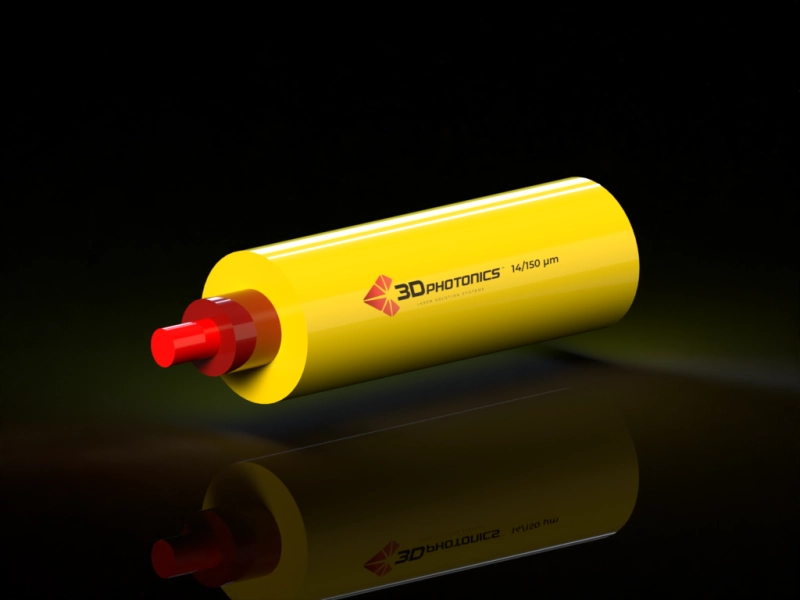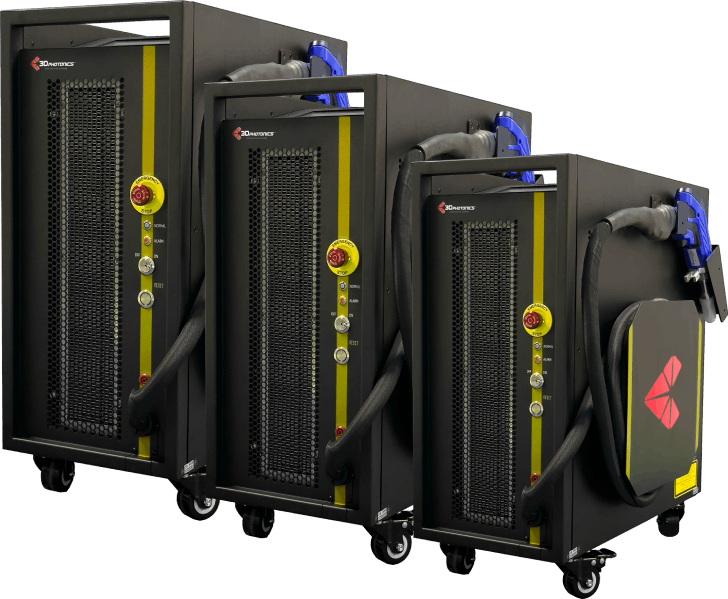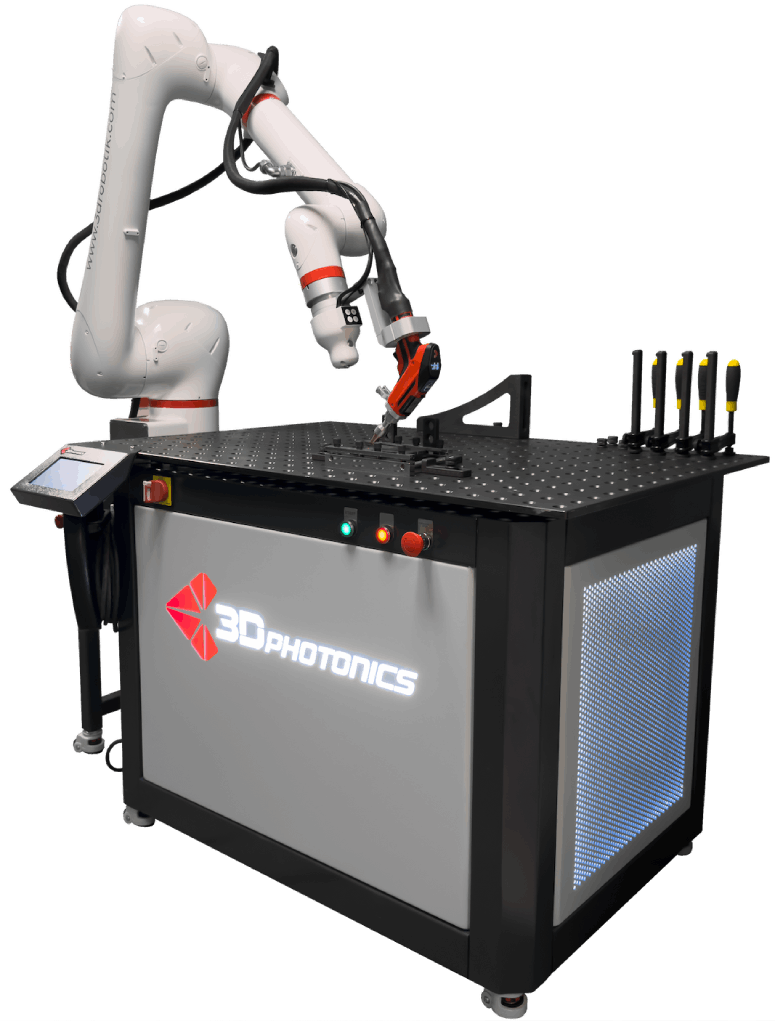
What is Photonics? The Light-Powered Technology Shaping Our Future
Contents
- Introduction
- What Does Photonics Mean?
- Where Are Photonic Systems Used?
- Technical and Scientific Aspects
- Commercial Importance and Industrial Applications
- The Future of Photonic Technologies
- Photonics vs Electronics
- Conclusion
- Frequently Asked Questions
Introduction
Rapid developments in science and technology continue to push the boundaries of innovation. At the heart of this transformation lies an invisible yet powerful force: light. Photonics is a strategic scientific field that harnesses this energy to revolutionize sectors from communication to healthcare and beyond.
What Does Photonics Mean?
Photonics is the science and technology of generating, transmitting, detecting, and controlling light. Unlike traditional electronics that rely on electrons, photonic systems use photons — light particles — as carriers of information and energy.
Where Are Photonic Systems Used?
- Fiber Optic Communication: Forms the backbone of the internet, enabling data transmission at light speed.
- LIDAR Systems: Enables environmental perception in autonomous vehicles.
- Medical Imaging: Optical tomography, laser surgery, and biophotonics applications.
- Solar Energy: Photovoltaic cells convert light into electricity.
- Industrial Laser Systems: Used in cutting, welding, and 3D printing processes.
Technical and Scientific Aspects
Photonics involves technologies such as optical fibers, lasers, optical sensors, and optoelectronic components. Scientifically, it spans fields like quantum optics, photonic crystals, and microscopy, enabling analysis and manipulation at the nanoscale.
Commercial Importance and Industrial Applications
Photonics adds tremendous value to industry. From optical communication networks to defense systems and medical devices, it plays a key role in high-tech solutions. Laser-based processes are critical in automation and manufacturing technologies.
The Future of Photonic Technologies
Experts predict that photonics may replace electronics in many fields. Light moves faster and with less energy loss than electrons. Technologies like optical chips, quantum communication, and biophotonic devices are expected to dominate the future of digital innovation.
Photonics vs Electronics
| Feature | Electronics | Photonics |
|---|---|---|
| Carrier | Electron | Photon |
| Speed | Slower (than light) | Speed of light |
| Energy Consumption | High | Low |
| Error Rate | Higher | Lower |
Conclusion
Photonics is not just a scientific concept — it is a transformative force in modern life. With faster, more reliable, and more energy-efficient technologies than traditional electronics, photonics is driving innovation across industries. For those seeking to stay ahead in tech and industry, investing in photonics is a must.
Take action now: Contact us to learn more about our photonic solutions.
Frequently Asked Questions
What is photonics?
Photonics is the science of generating, controlling, and using light for applications in communication, imaging, sensing, and more.
Where are photonic systems used?
Photonics is used in communication networks, medical imaging, defense systems, autonomous vehicles, and renewable energy sectors.
Why is photonics important?
Because it offers faster, more reliable, and cost-effective ways to transmit and process data compared to traditional electronics.
Can photonics replace electronics in the future?
Yes. Technologies like optical chips and quantum communication show that photonics has the potential to surpass electronics in key areas.
- Is Micron-Level Processing Possible with Lasers? How It's Achieved
- Recent Developments in Fiber Laser Technology
- 5 Key Factors That Define Quality in Optical Systems
- What Is Laser Marking? Permanent and Reliable Traceability Solutions
- Using Spectrometers in Industrial Applications
- Laser Cutting vs CNC: A Comparative Guide
- Optical Solutions in 3D Manufacturing: The Power of Precision
- The Role of Laser in the Defense Industry: Next-Generation Security Technologies
- What Are Optical Filters Used For? The Impact of Right Selection on Production
- FABTECH Chicago, September 8-11, 2025
- 3D Photonics at FABTECH 2024: Showcasing Advanced Laser Technologies for Industrial Applications
- 3D Photonics Showcases Innovative Laser Solutions at EUROBLECH 2024
- What is Photonics?
- Robot Investments Summit | 20-23 December | Istanbul
- 16. Blechexpo | 7 - 10 November | Messe Stuttgart



